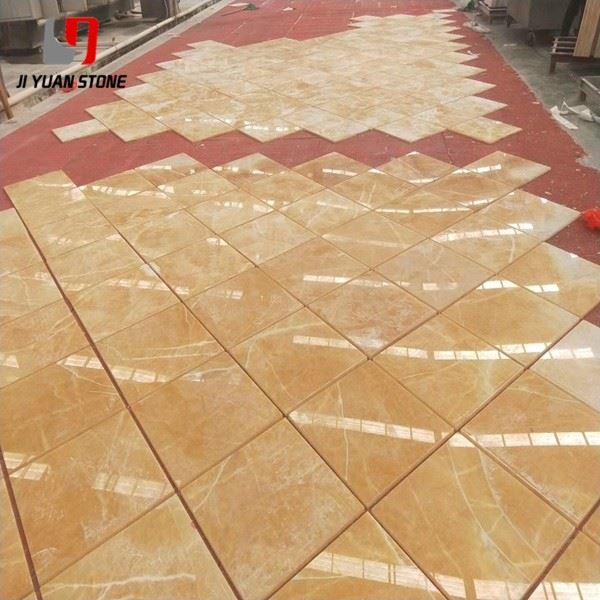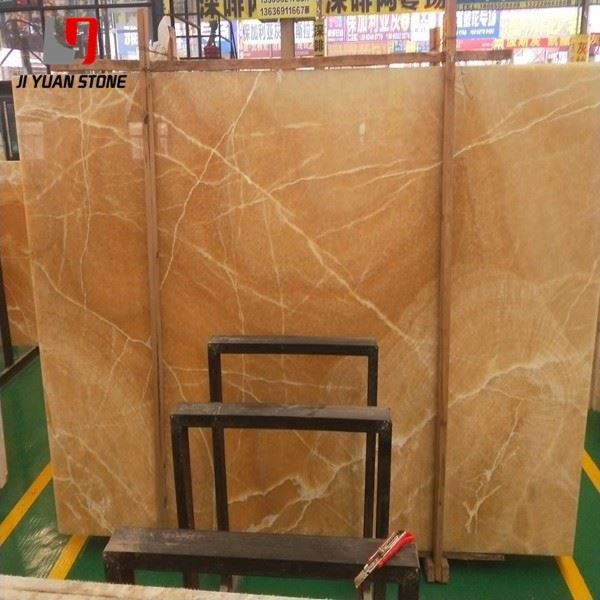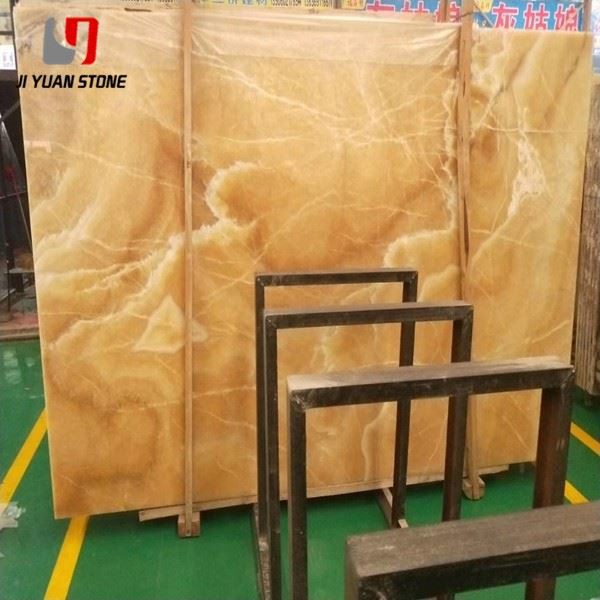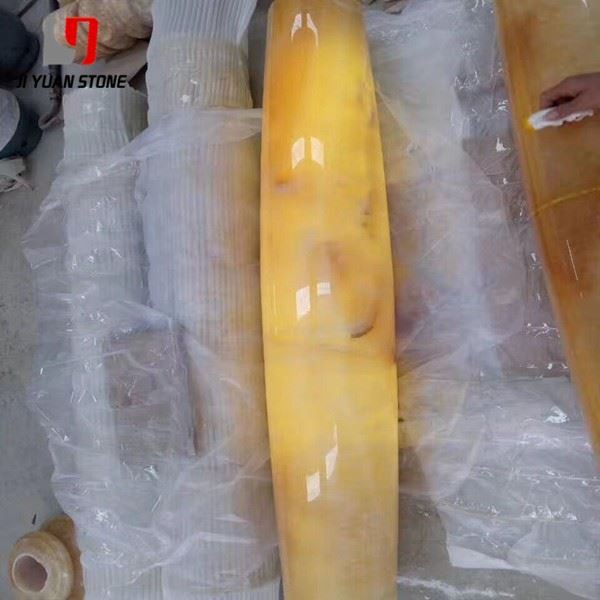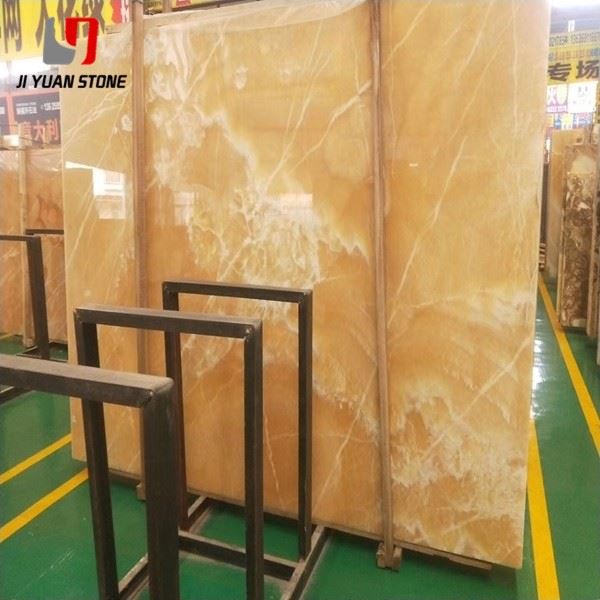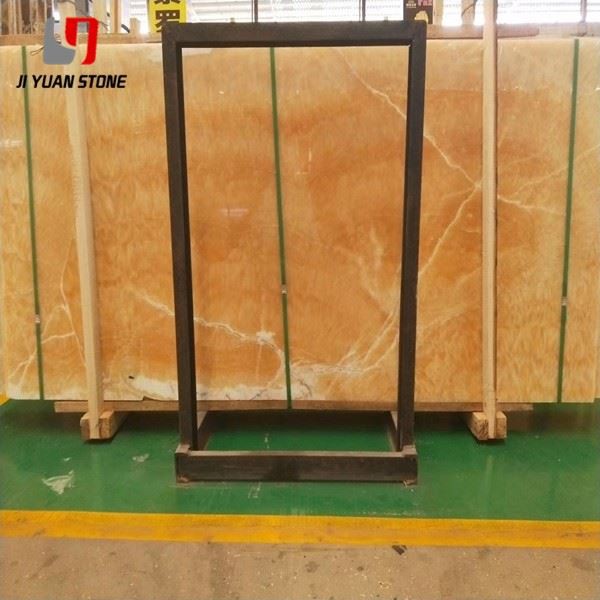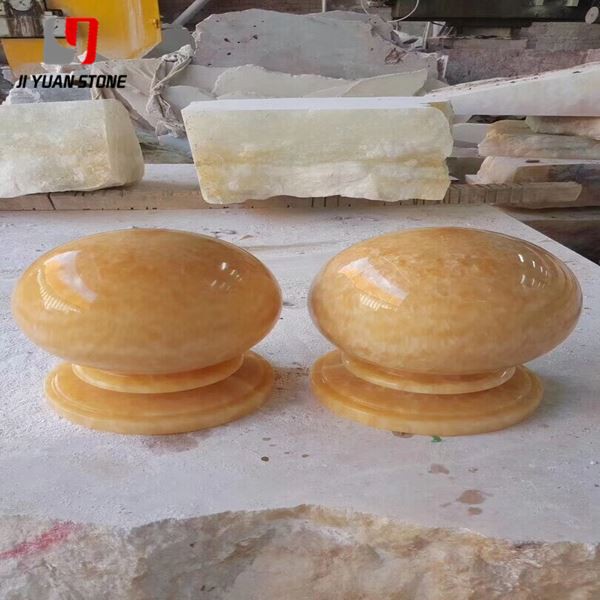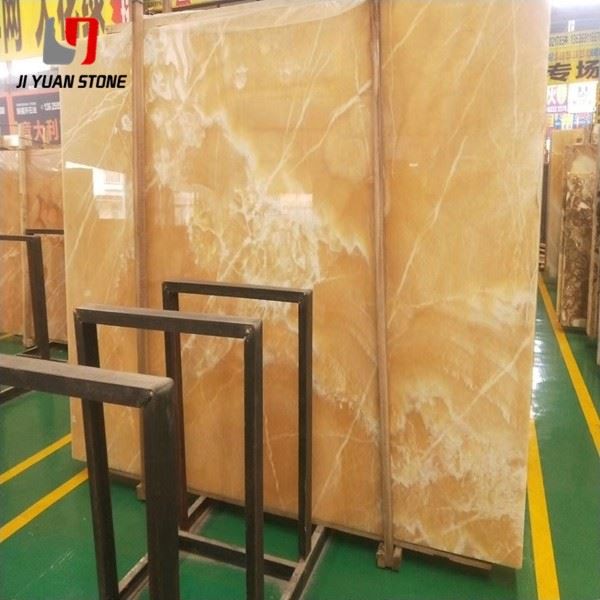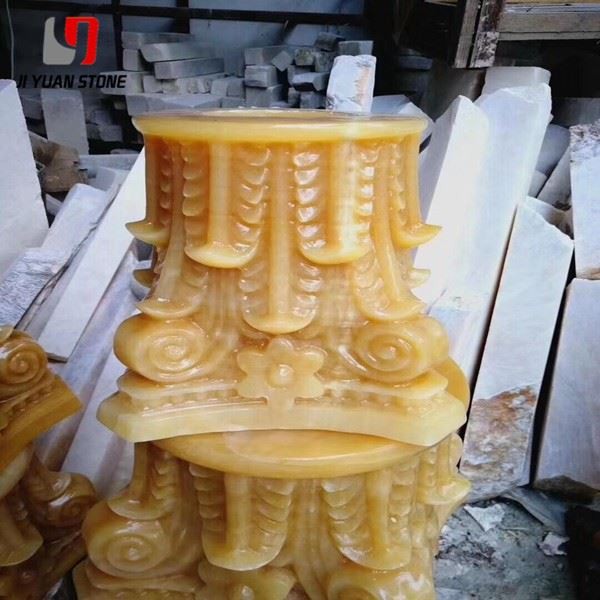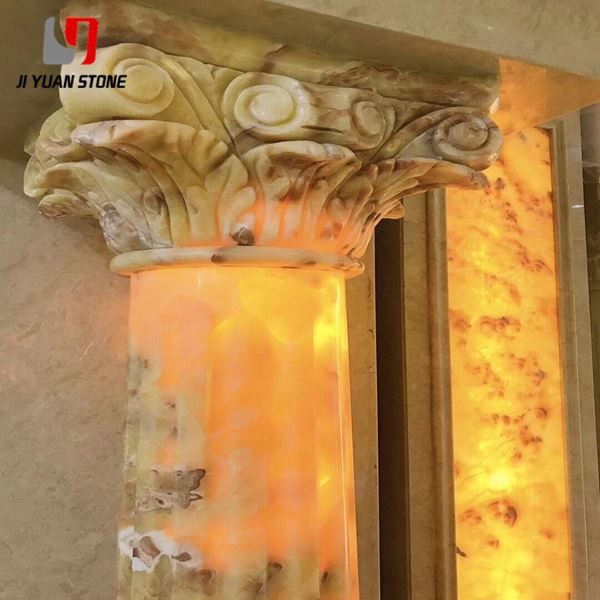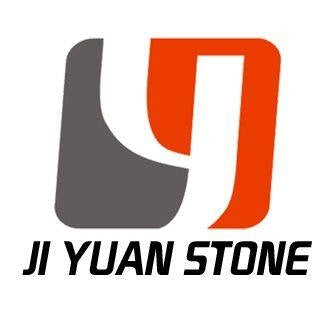Orange Onyx
Orange Onyx
Orange Onyx Stone – Premium Quality, Durability & Advanced Protection
As a product expert, I can confidently say that our Orange Onyx features a beautiful orange hue that will add a unique touch to any space. Not only is it visually stunning, but Onyx is also known for its durability and ability to withstand high temperatures. Elevate your design with Orange Onyx.
| Feature | Details |
|---|---|
| Material | Natural Jade Onyx Marble |
| Surface Finished | Honed,Polished |
| Finished Products | Floor tiles, Wall cladding, Countertops, Windowsills, Special-shaped tiles, Small slabs, Swimming pool, steps, wall panel, flooring, veneers, slabs, coping tiles, etc |
| Color | Yellow,black,white,red,purple wood,green,grey,pink,rainbow etc |
PurchaseStones.com offers exquisite Orange Onyx stone, known for its vibrant hues and luxurious appeal, ideal for both natural and artificial applications. Our Orange Onyx is sourced and processed in a state-of-the-art 25,000 m² manufacturing facility, backed by 20 years of global expertise in stone and tile production. With a dedicated team of over 30 designers and engineers, we ensure top-notch quality and innovative solutions tailored to your project needs.
Why Choose Us:
- 800+ Stone Items Including Natural & Artificial
- 25,000 m² Manufacturing Facility with 300 Skilled Employees
- 3,000 m² Stone and Tiles Showroom for Firsthand Experience
- 30+ Designers & Engineers Dedicated to R&D
- 20 Years of International Stone & Tiles Experience
- Successful Project Cases Across the Middle East, Europe, Asia, Australia, and More
Key Terms in Orange Onyx Stone Protection and Pollution Management
Protecting your Orange Onyx stone ensures longevity and maintains its vibrant appearance. Our range of protective agents and treatments help guard against pollution and natural wear:
1. Protective Agents for Orange Onyx Stone
- Brightening Care Agent (3.7): Enhances brightness while protecting the stone.
- Retouching and Brightening Protective Agent (3.8): Boosts color saturation and adds a wetting effect.
- Fluorosilicone Protective Agent (3.9): Offers high-performance antifouling and anti-aging protection using organofluorine compounds and silicones.
- Surface Energy of Protective Agent (3.10): Determines liquid adhesion; lower energy means less absorption and staining.
- Coating Property of Protective Agent (3.11): Facilitates easy reapplication for extended durability.
- Weather Resistance of Protective Agent (3.12): Protects stone from UV rays and natural weathering.
- Antifouling Properties of Repellents (3.13): Enhances stone’s resistance to organic and inorganic pollutants.
2. Explanation of Stone Pollution and Lesions
Understanding stone pollution is crucial to proper maintenance and protection:
- Stone Pollution (4.1): Natural stone absorbs pollutants, which can affect its surface and internal structure.
- Stone Lesions (4.2): Chemical changes that cause rust spots, yellowing, water spots, discoloration, and white crystalline formations.
- Stone Returning to Alkali (4.3): White powdery residues form when alkaline substances migrate through stone pores.
- Stone Baihua (4.4): White crystalline formations due to alkali reacting with water or acidic gases.
- Stone Water Spots (4.5): Gel-like stains from hygroscopic materials penetrating deep into stone.
- Stone Rust Spots (4.6): Yellow or brown stains from oxidation of iron compounds naturally present in stone.
Choose PurchaseStones.com for your Orange Onyx needs and benefit from durable, beautiful stone backed by expert protection technology and decades of experience.
Share
